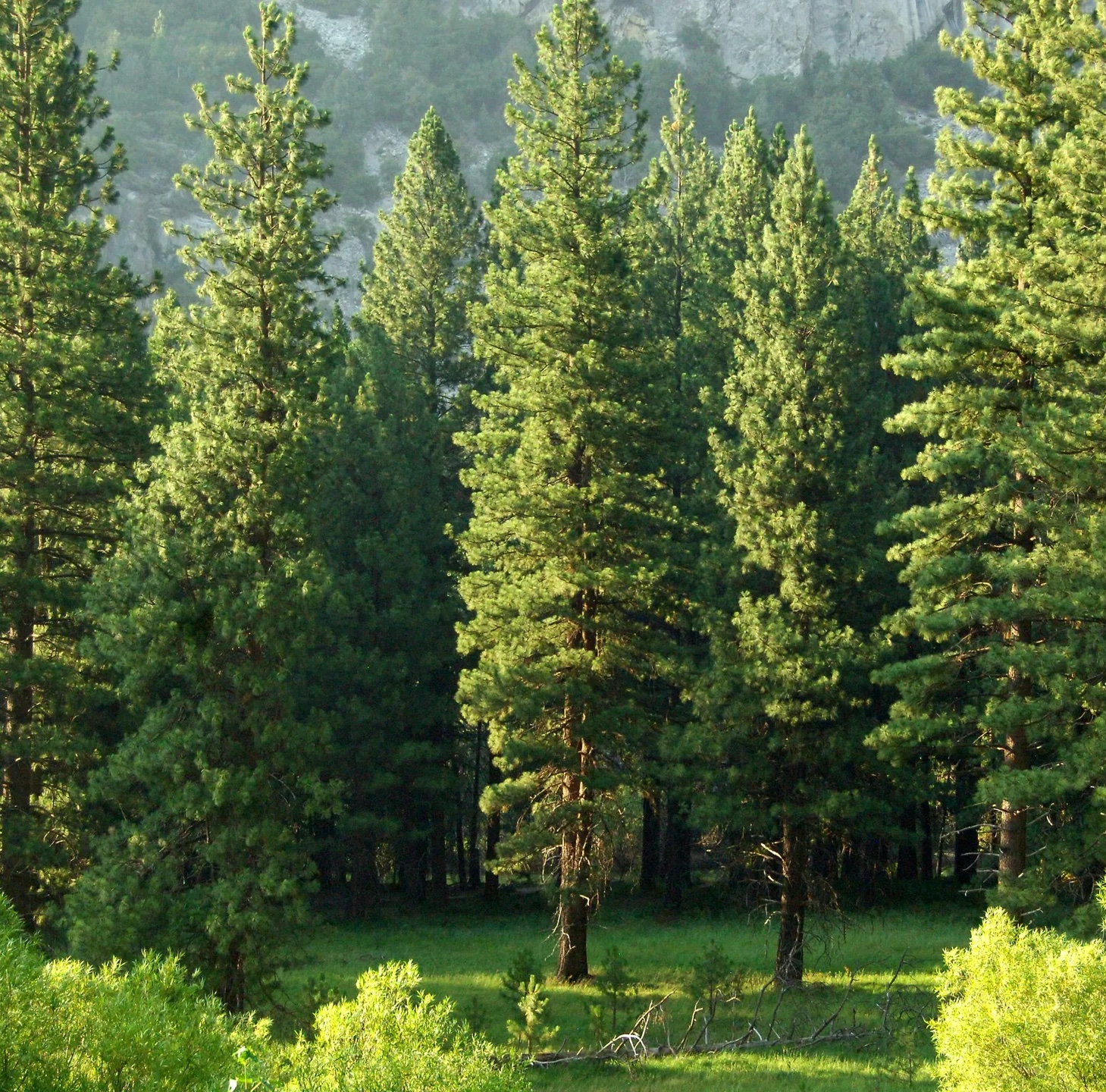COURSES > Hug a Tree and Survive

Hug a Tree and Survive
Hug-a-Tree and Survive is an AdventureSmart program that helps lost children survive in the woods. It teaches children how not to become lost in the woods, and what to do should they become lost.
About the Course
Hug-A-Tree and Survive was originally developed in the United States following the search for Jimmy Beveridge in 1981, and was first adapted for Canadian use by the RCMP. It was updated by the National Search and Rescue Secretariat (NSS) and the SAR Volunteer Association of Canada (SARVAC) in 2015 with new videos and activities to support program delivery.
What you will learn
Learn the Hug-a-tree rules. Hug-A-Tree and Survive emphasizes four key rules to keeping children safe:
TELL AN ADULT WHERE YOU ARE GOING
Always tell your parents, or another trusted adult where you are going, who you are going with, and when you will be back. You can do this in person, over the phone, through a text message, or by leaving a note in a place they will see it.
IF YOU ARE LOST, “HUG-A-TREE” AND STAY PUT
A tree can help protect you from the elements while you’re outdoors, and most importantly, keep you in one place. Depending on where you are, there may not always be a tree. Perhaps your “tree” can be a large rock or bench at a park, or a sales counter at a mall. No matter what your landmark is, it is important to stay put, in order to stay safe.
KEEP WARM AND DRY
Temperatures change throughout the day, and can drop at night. Even if you are warm during the day, keep your jacket handy for night time. If you get cold, put on an extra layer, pull up your hood or put on your hat if you have one, tuck your shirt in, tuck pant legs into your socks, and zip up your jacket. You can also keep warm by building a nest to keep you off the ground, or by using an emergency shelter.
HELP SEARCHERS FIND YOU BY ANSWERING THEIR CALLS
Whether searchers are parents, police officers, or SAR volunteers, remember they just want to get you home safely. Answer back to their calls by making noise and signaling, so you can be heard and seen. Make sure to leave lots of footprints and clues, so searchers can follow your tracks to find you.
What you will get
The Hug-a-Tree and Survive presentation is aimed at children aged 5–11, and can be delivered by any interested adult—including parents, teachers, and guide or scout leaders—using the Presenting Hug-A-Tree guide. Alternatively, when available, trained AdventureSmart presenters are able to present the program to groups.
Hug-A-Tree and Survive was developed in the United States following the search for Jimmy Beveridge in 1981, and was first adapted for Canadian use by the RCMP. It was updated by the National Search and Rescue Secretariat (NSS) and the SAR Volunteer Association of Canada (SARVAC) in 2015 with new videos and activities to support program delivery.
Course Certificate
Receive a course certificate indicating that you have completed the AdventureSmart Hug-A-Tree Safety Program upon completion of all aspects of each course.

